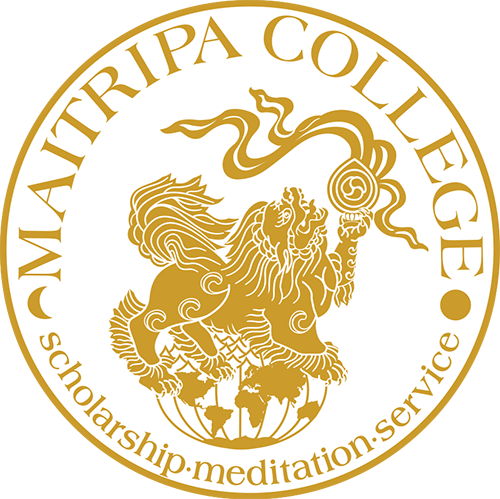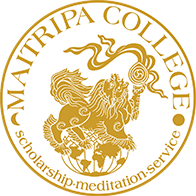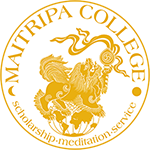(2 credits) The aim of this course is to explore the Great Seal, Mahāmudrā, which in Indian and Tibetan Buddhism is the attempt to realize the conventional and especially the ultimate nature of the mind through a combination of philosophical analysis, calm abiding meditation, and special insight meditation. Study of the function and nature of mind is considered in Indian and Tibetan Buddhist schools to be essential for understanding how to attain mental stability and cultivate realizations. Our primary focus will be on the history, theory, and practice of Mahāmudrā in the Geluk tradition of Tibetan Buddhism—especially as found in the writings of Panchen Losang Chölyi Gyaltsen (1570–1662)—but attention also will be paid to the Indian background of Mahāmudrā and the perspective on realizing the nature of mind found in other Tibetan traditions.
After an introductory session, we will focus on early Mahāyāna approaches to the nature of the mind, through such sources as the Heart and Diamond sutras, the writings of Nāgārjuna and Vasubandhu, and Maitreya’s Budda-nature treatise, the Uttaratantra. We will begin our in-depth study of Mahāmudrā with attention to the Indian sources of the Great Seal, including such figures as Saraha and Maitrīpa, then proceed to the theory and practice of Mahāmudrā as developed in Tibet among the Kagyu and other “Tibetan-renaissance” (11th–14th-century) traditions.
Our study of Geluk Mahāmudrā will begin with the history of the practice, followed by a close reading of the Panchen’s root-verses and auto-commentary on Mahāmudrā. We will conclude with an exploration of the ritual, poetic, philosophical, and comparative dimensions of Geluk Mahāmudrā.



